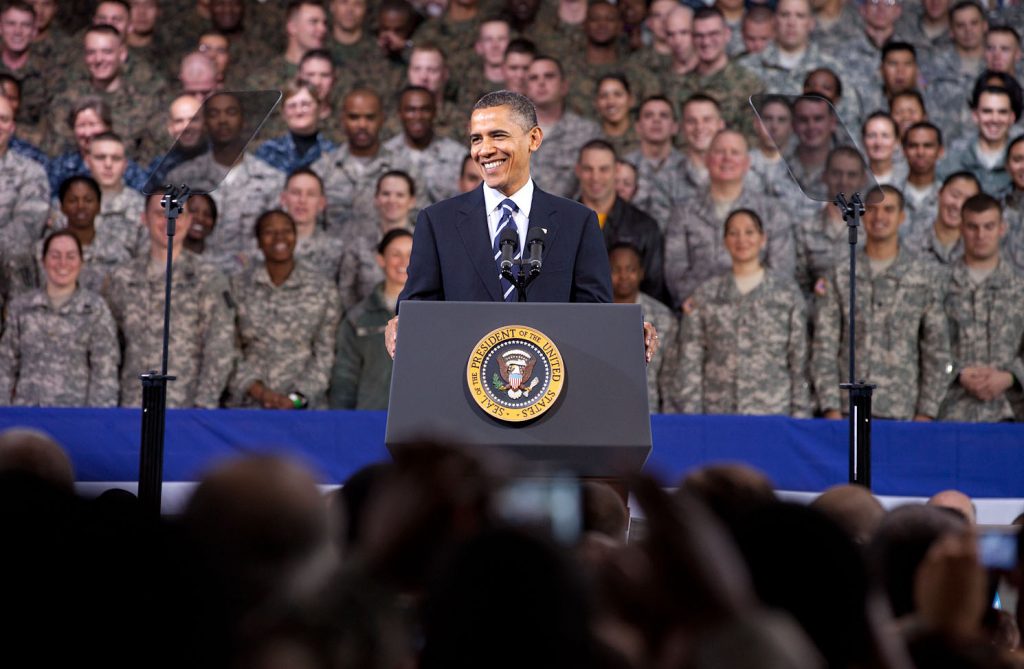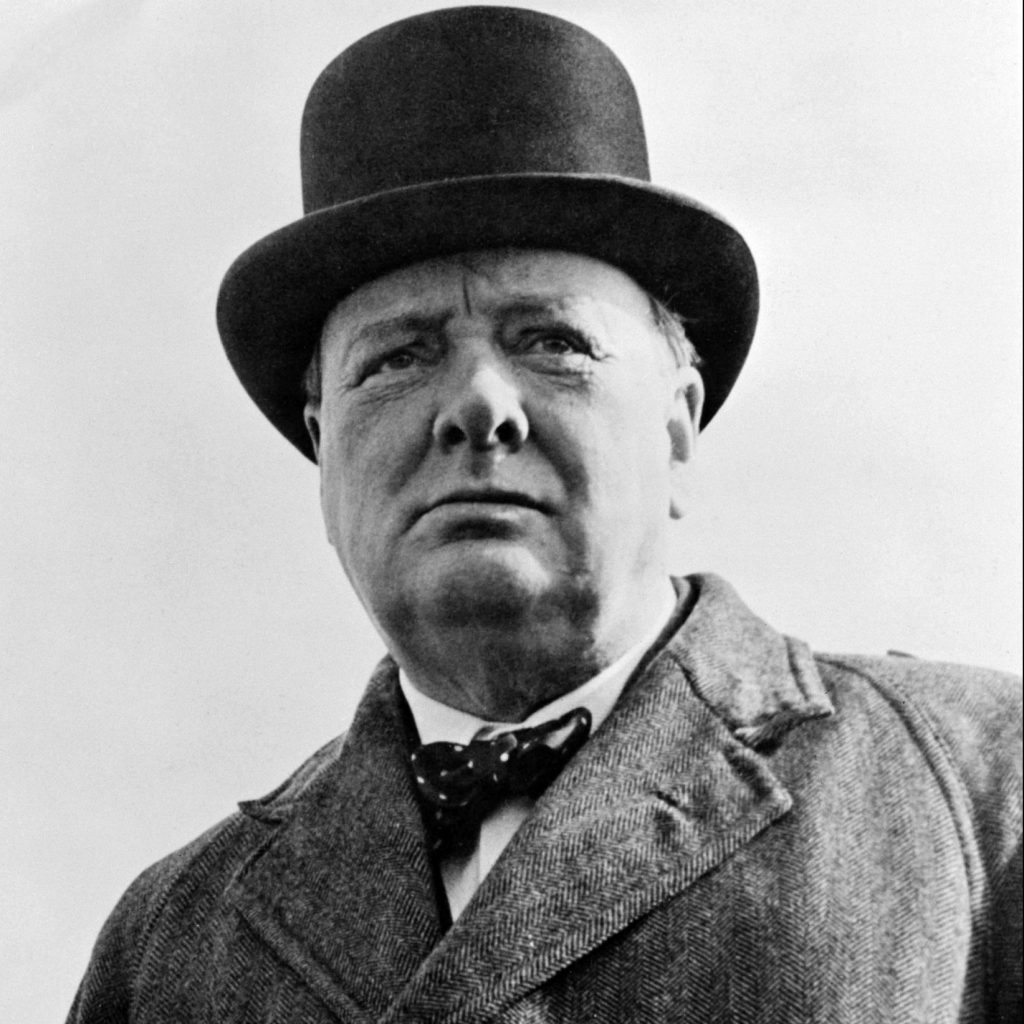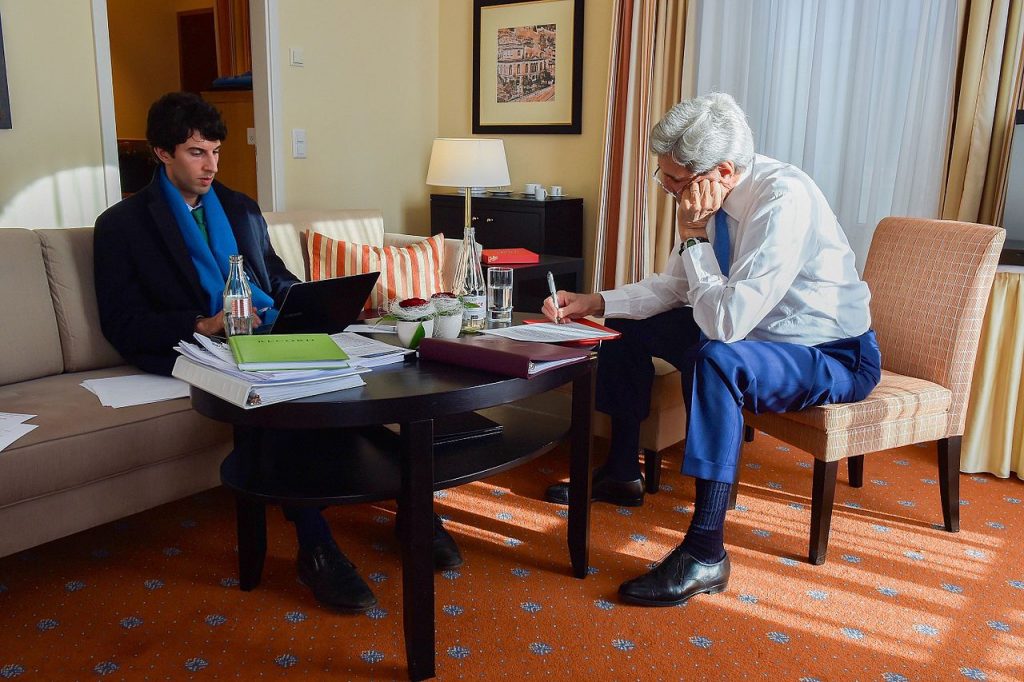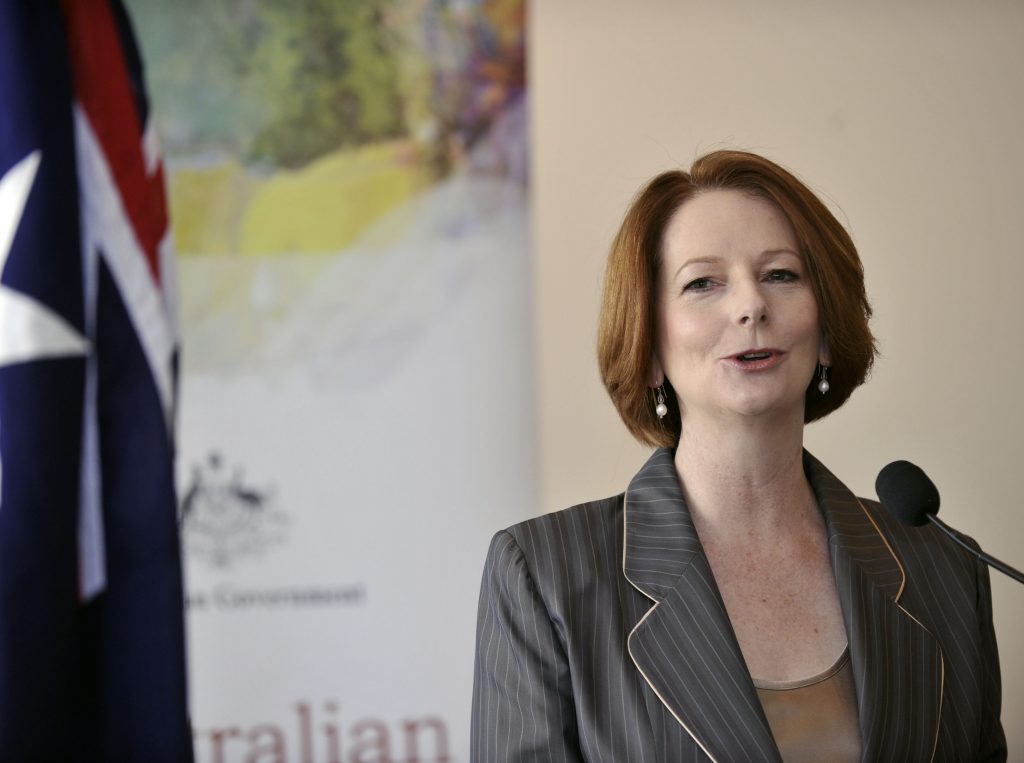With a flawed and volatile protagonist somewhat akin to a Shakespearean character, Jonathan Teplitzky’s latest film, Churchill, has been questioned for its historical accuracy. Regardless of the controversy, it is likely to cause, audiences will surely agree that the film reinforces the immutable quality of Churchill’s speeches.
Since ancient Greece and the teachings of Aristotle, the art of persuasive public speaking has been a powerful and effective form of communication. Despite major leaps forward in technology, and an array of new methods to engage with audiences, oratory has stood the test of time.
Today, social media has democratised communication – we have an unprecedented opportunity for multi-directional, global conversation and the rapid dissemination of information. Social media, however, has also made the public and media discourse increasingly polarised and contested. Issues can be dealt with in absolutes, while inherent complexities can be misunderstood or deliberately simplified. All too often, it is those with minority opinions and extreme views who shout the loudest, creating the perception that these voices represent the mainstream. Consequently, social media can have a distorting effect, creating a disconnect between public perception and reality.
Arguably, there has never been a more important time for speeches – particularly from those with an authoritative, trusted and educated voice who can help inform the public and media discourse, correct its inherent misconceptions, and promote community confidence in government. As such, there also has never been a more important time for the speechwriter, particularly those in the public sector.
While the speechwriting profession is well-established in the United States and the United Kingdom, it is comparatively less developed in Australia. This is a result of a number of factors:
First and quite, unfortunately, in some organisations, communication is seen purely as a support function, rather than a strategic function. It can be embedded or siloed within business or service lines, rather than being placed directly beneath, or within the executive function. Communication professionals need direct access to their organisation’s leadership—to understand their vision, and to have the authority and editorial licence which supports the development of the leadership’s narrative, free from unnecessary interference from other quarters of the organisation. If a communication function is more support oriented, there is unlikely to be an effective speechwriting function.
Secondly, all too often government communication functions are under-resourced and under-funded. In some agencies – particularly those working in difficult and highly scrutinised areas of public policy – the demands of media management consume the limited resources available. Reactive communication takes priority, and additional staff for strategic communication—including speechwriters—are nothing more than resource recommendations as part of funding bids.
Thirdly, in smaller organisations where communication functions are similarly financially and resource-constrained, communication professionals walk in many shoes. They can oversee both traditional and social media, have account management responsibilities, be responsible for public affairs, and undertake occasional speechwriting. The problem here is that speechwriting is labour intensive. Beyond drafting and clearing a speech—usually multiple versions—speechwriters regularly source speaking opportunities, establish speech parameters, develop outlines, coordinate and obtain cleared content to inform drafting and undertake primary and secondary source research (not to mention developing content for many other communication products). Some speechwriters will work closely with the speaker throughout the process; others will just receive an initial brief and accompany the speaker when the speech is delivered. In agencies where communication professionals are wearing multiple hats, the rigour behind the speechwriting process can be compromised.
Australia’s comparatively small group of professional speechwriters use an array of literary devices to ensure a speech is informative, compelling and tailored towards the intended audience. But because it is a small cohort—and for the reasons outlined above—speechwriting demands can outstrip supply. As such, speechwriting in government can often be tasked to individuals with little to no prior experience in this form of writing. For those who find themselves in this daunting situation, below are seven basic principles to assist:
- Length—most people speak at around 110-120 words per minute. Once you have established the required speech delivery time, write to this accordingly, or slightly over.
- Speaker—know your speaker. Take time to meet them at the outset to discuss the requirements for the speech. This is predominantly a time to listen, but you should also come prepared with a few questions which may help clarify the desired approach, as well as a few recommendations based on your preliminary research of the audience and the issues.
- Structure—American writer and lecturer, Dale Carnegie, recommended: “Tell the audience what you’re going to say (the intro), say it (the body); then tell them what you’ve said (the conclusion).” Some may see this as an unimaginative or unoriginal approach. Too frequently, however, speakers jump straight into an address without providing direction for the audience or signposting where they are heading. The speaker’s role is to take the audience on a journey—we all like to have some idea of what is on the horizon, rather than to be forced to wander a path blindfolded. By so doing, the speaker will whet the audience’s appetite and develop trust and rapport with them. Moreover, by keeping to a defined structure, the speaker will be able to reinforce their key points throughout and resist the temptation to meander off-topic.
-
- Audience—the speechwriter must be acutely aware of the speaker’s audience—what makes them tick. Content and messages should be tailored towards the audience’s concerns, values and beliefs; otherwise, it will not engage them. If the speaker’s position is at odds with the audience’s—for example, on a policy direction—it is still important to acknowledge the audience’s apprehensions and to articulate why the speaker is adopting his/her position, backed by evidence (see below). The speaker’s disposition/character must appear credible to the audience, and they must appeal to their listeners on an emotional level (what Aristotle called ethos and pathos respectively).
- The broader narrative—notwithstanding the above, the audience for a contemporary speech goes beyond the one the speaker addresses directly. The speechwriter also needs to be aware that any media present may take sound bites of, or selectively quote the speaker for various other news platforms. Additionally, speeches are typically transcribed post-event and uploaded to websites for wider dissemination. Consequently, the speechwriter must always frame content within a broader narrative—being cognisant of, and aligning organisational positions, government priorities, public sentiments, and recent events which have unfolded politically and in the media. In many cases, government speeches describe the what and how, but overlook the why. Always take the time to frame the narrative in a national and international context, particularly where there are connections at the security, economic and societal levels. Ask yourself, ‘what do the issues mean for the everyday person?’

- Language—the speaker’s key role is to inform. A speech should always be seen as an opportunity to educate, rather than an occasion for self-aggrandizement. Use simple words. Alter the length of sentences to vary the rhythm or cadence of the speech, but lean towards those which are short and sharp—information will be more readily absorbed by an audience. Avoid jargon and ‘corporate speak’—Don Watson’s Worst Words (2015) has some classic examples. The true art of the speechwriter is to impart key messages and convey complexities in a succinct and intelligible manner. This task can be difficult when operating inside the government. Often your superiors fear simplicity. Some are of the mistaken view that complex or unfiltered government language lends the speaker an air of sophistication or expertise. A speechwriter is wise to be aware that an audience is likely to contain uninformed individuals. Given the notes above on the broader narrative, it is safe to assume that most speeches will be scrutinised by those with very little, or no prior knowledge of an issue. Do not dismiss the basic context.
- Evidence—ensure the points in a speech are supported by facts and figures. In contested areas of public policy, issues are frequently debated on emotional grounds. As such, it is crucial that the speechwriter makes good use of authoritative data (from both internal and external sources) to ensure the speaker’s points are evidence-based (what Aristotle called logos). Statistics should be checked and re-checked prior to a speech to ensure their accuracy and currency. To enhance the audience’s understanding of a statistic, simplify and contextualise it. For example, if your statistic is 5,015,358, say, ‘more than 5 million—about the population of Sydney’.
Churchill’s rhetoric is testimony to the mobilising power of a great speech. In the 21st Century, the speech will continue to play an important role in government communication, provided we recognise its value as a tool, and continue to develop the speechwriting profession to support leaders.
What are some political speeches that have stuck in your mind?





Fantastic article, Chris. My favourite political speech is an ancient one – delivered by the venerable Cicero some 2000 years ago in the Temple of Jupiter Stator in Rome – known as the First Catiline Oration. Cicero delivered a scathing address to the assembled Senators whereby he eviscerated Catiline and laid bare his conspiracy to assassinate a number of the senatorial class.
The first lines always stick with me:
“When, O Catiline, do you mean to cease abusing our patience? How long is that madness of yours still to mock us? When is there to be an end of that unbridled audacity of yours, swaggering about as it does now?”
The whole thing is pure, rolled gold, and uses a number of rhetorical devices, as the masterful Cicero was wont to do.
Hi Ben, thanks for reading and your kind feedback. Cicero’s Catiline Orations are masterful. The example you provided is so wonderfully constructed. I wonder if we will see the likes of him again.